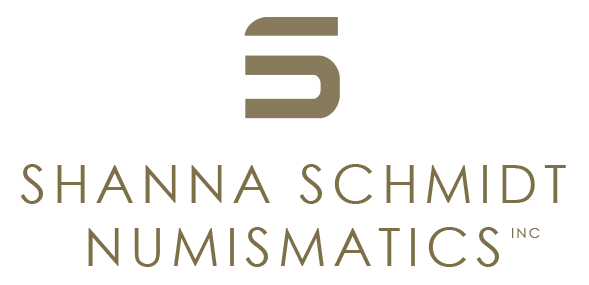Corinthia. Corinth. c. 375-300 BC
Corinthia. Corinth. c. 375-300 BC
AR Stater, 8.61g (20mm, 2h). Pegasos flying left, symbol of Corinth below / Head of Athena to left, wearing Corinthian helmet decorated with laurel wreath; A P flanking neck truncation; behind, plow.
Pedigree: From an old Swiss collection, formed circa 1950s to 1970s
References: BCD Corinth 107. Calciati 440
Grade: Well-struck and attractively toned. aEF. (gk1595)
Scroll down for more information about this coin.
Corinth was an important city in ancient times due to its advantageous position of being close to the isthmus connecting the Saronic and Corinthian Gulfs. The isthmus connects the Peloponnese to mainland Greece which helped boost the importance of Corinth. In addition, Corinth had a large citadel, the Acro-Corinthus, which further strengthened their strategic position.
The coinage of Corinth and the surrounding cities are beautifully designed with a vibrant pegasus on the obverse and a head of Athena on the reverse. The earliest of the corinthian “colts” were struck in the early part of the 6th century BC. The pegasus was on the obverse and a mill sail incuse on the reverse were the initial motifs. Later, this transitioned into an archaic Athena and Pegasus. Over time the Athena became more classical in stature. The colonies around Corinth all used similar motifs and varied the symbol below the pegasus to denote which city-state it came from.

